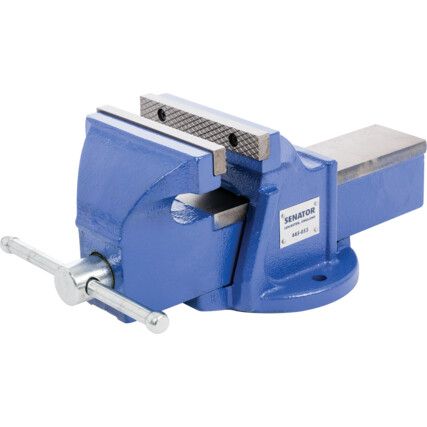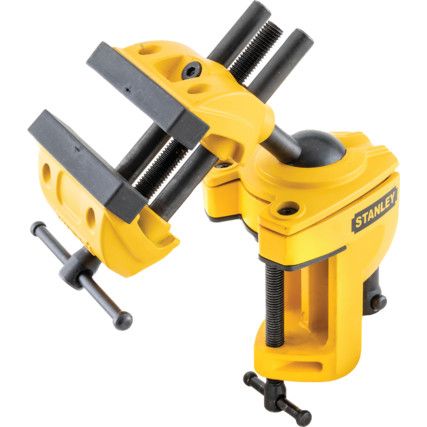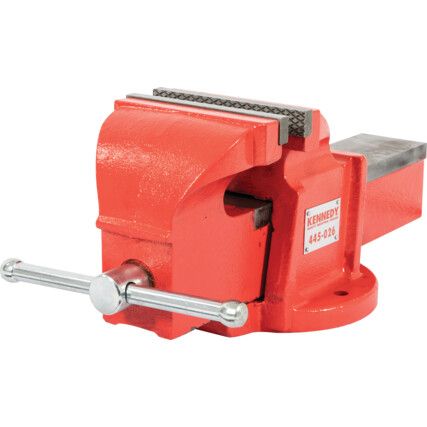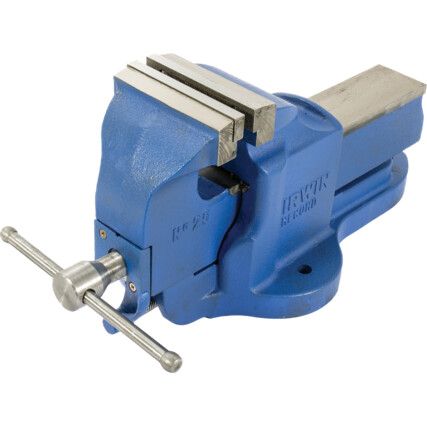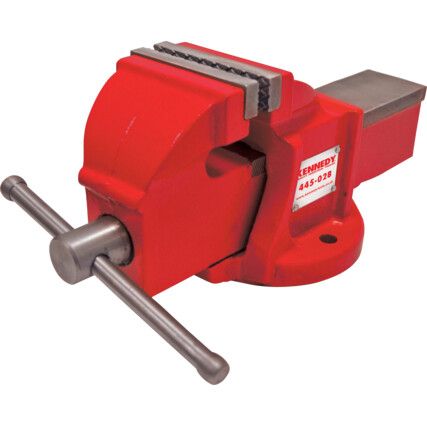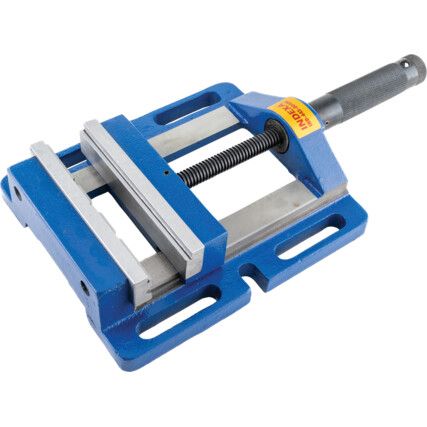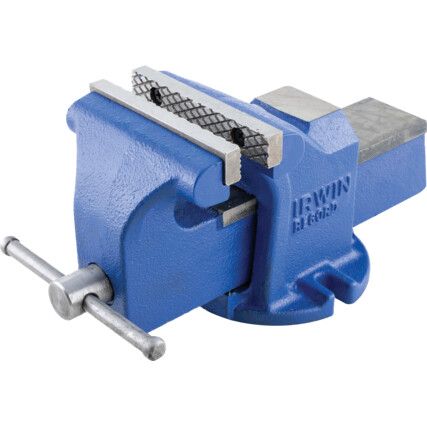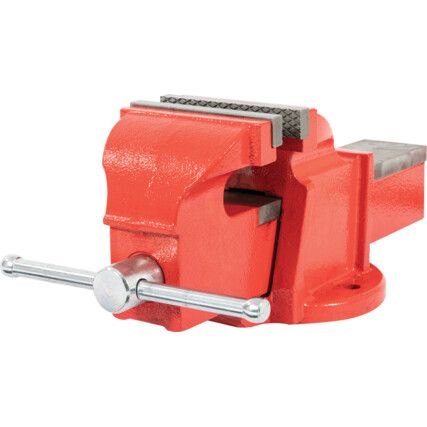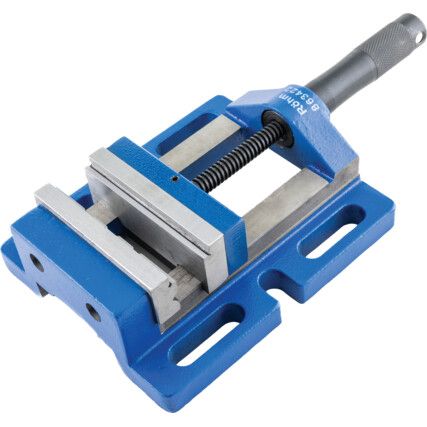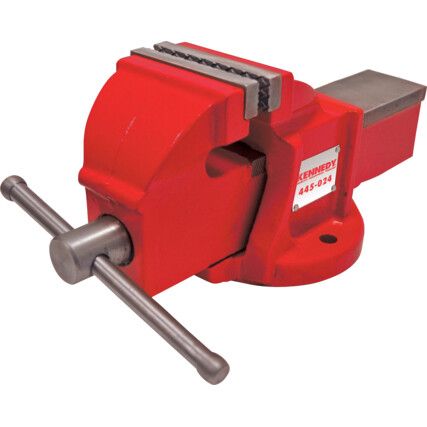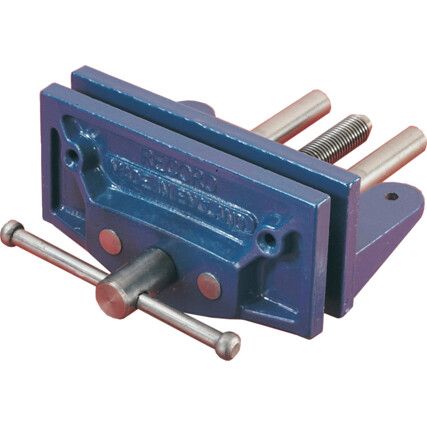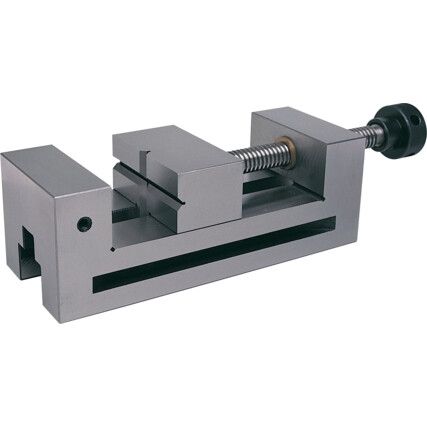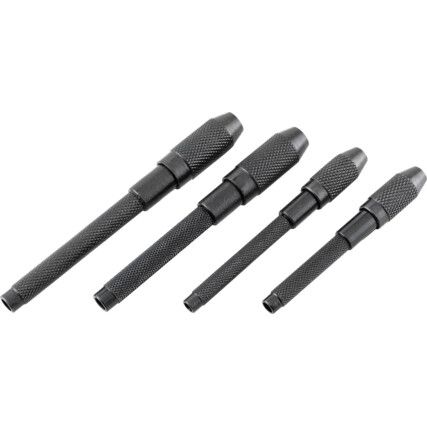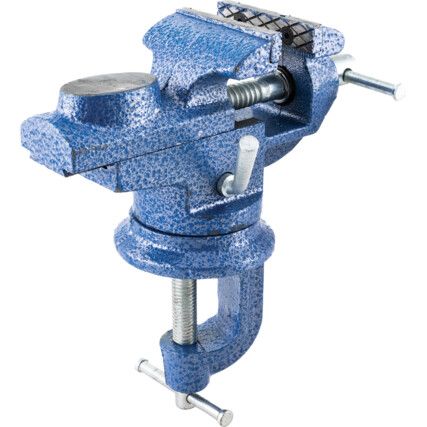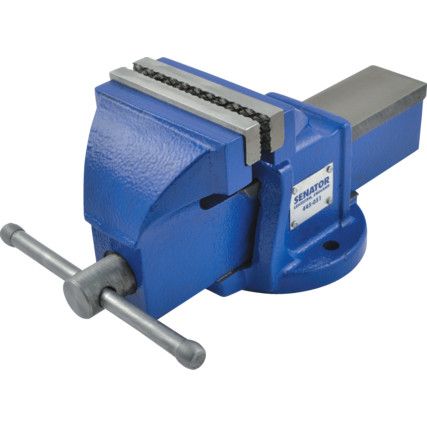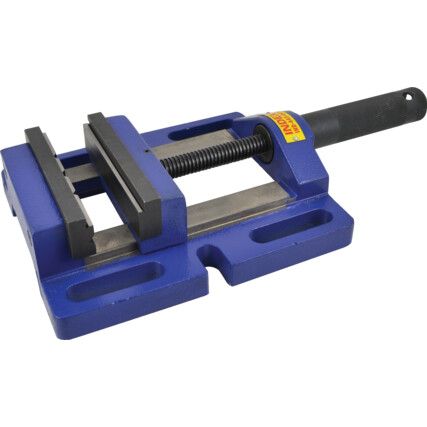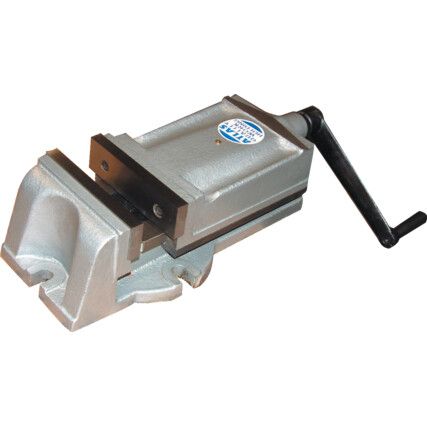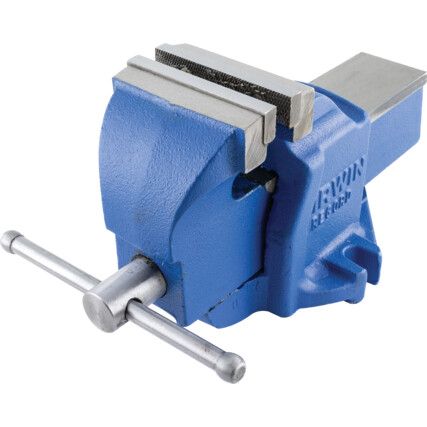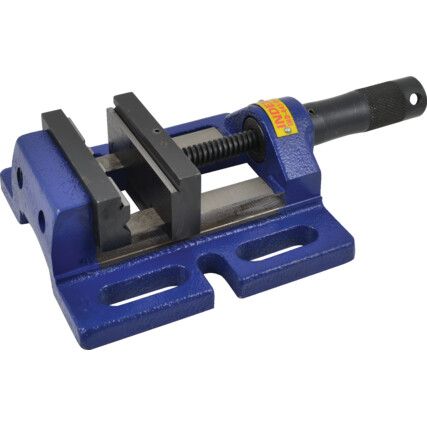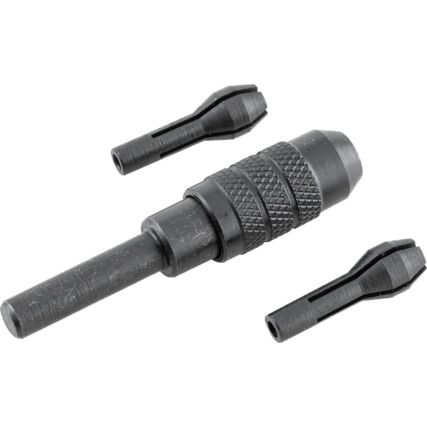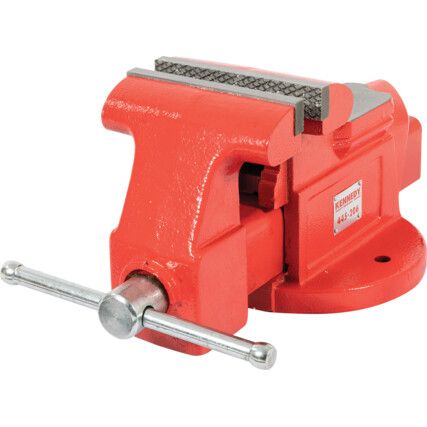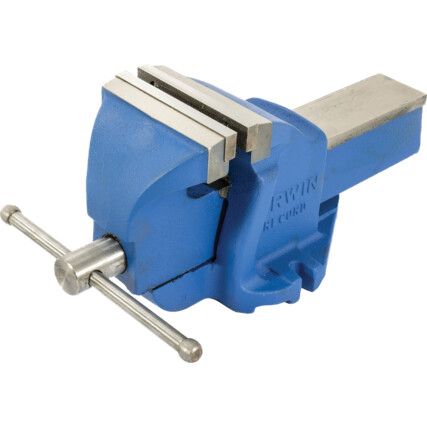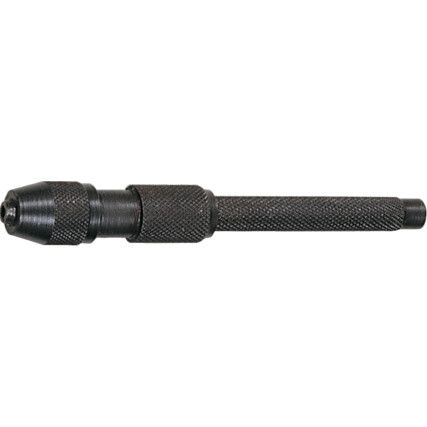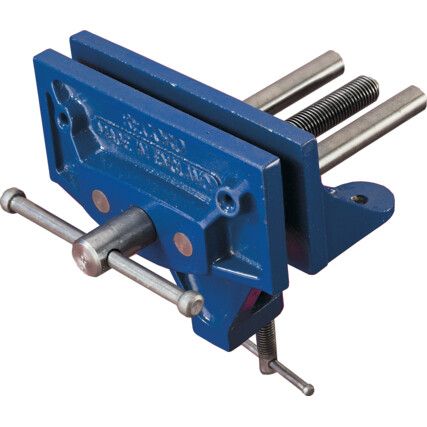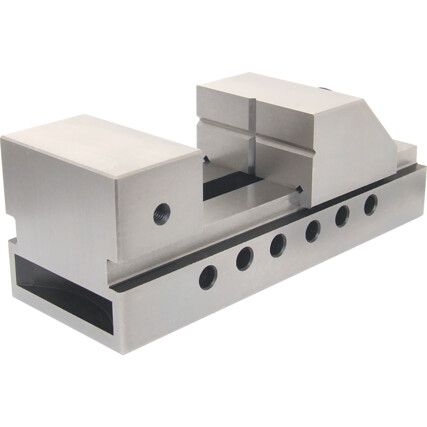Vices
The bench vice is a common sight in sheds, factories, workshops, and garages around the globe - and for good reason. These highly versatile devices have an impressively long list of practical uses across almost every industry.
Cromwell stocks an extensive range of quality bench vices, from trusted brands used by professionals around the globe.
What are bench vices?
A bench vice, sometimes called a vise, is a bench-sitting mechanical device used to firmly hold a workpiece as you work on it. It consists of two powerful jaws that provide a firm yet adjustable grip via a manually turning key.
Why a bench vice?
The bench vice is a simple yet invaluable bit of kit that no trades-person would ever be without. Their sturdy construction allows users to work on a piece with minimal vibration and movement, no matter what you're doing.
When are bench vices used?
The bench vice is designed specifically to hold a workpiece in place to enable effective, accurate work. A bench vice is akin to having a second pair of hands to firmly keep workpieces in place, allowing the user complete control over their work.
The bench vice is used for:
• Sanding
• Sawing
• Drilling
• Polishing / Finishing
• Chopping
• Cutting
• Gluing / Fixing
Types of bench vice
When choosing a bench vice, you'll be faced with a selection of different styles and models. Each type of vice comes with its own benefits, so ensure you're picking the right one for your work.
• Woodworking vices - Woodworking vices are the most common type of bench vice. You'll recognise their set of strong parallel jaws, which are adjusted by a screw mechanism with a long handle. Woodworking bench vices can vary greatly depending on the model you buy. With so many to pick from, you're bound to find one with the right size, durability, and strength for your needs.
• Metalworking vices - Similar to woodworking vices, metalworking vices are highly versatile and don't stray too far from the standard vice design. Metalworking vices are typically bolted to a work surface and feature a compact anvil on their rear, making them a competent all-on-one assistant for metalworking applications.
• Pipe vices - Pipe vices are valued by engineers, plumbers, and tradespeople around the globe for their ability to secure pipes for drilling, cutting, threading, and more. The benefit of a pipe vice is that they are significantly more portable, and many can be mounted to mobile stands which allows them to work remotely. Their lightweight, easily transportable design makes them ideal for on-site work.
Cromwell stocks an extensive range of bench vices, suitable for all kinds of jobs and applications. If you need help picking the right one for you, talk to our experts for personalised advice.
Considerations when choosing a bench vice
• Material - Bench vices are almost always made from cast iron, however there are two types of iron to choose from - grey iron and ductile iron. Grey iron is fairly cheap and resistant to heat and corrosion, however can fracture or crack upon heavy impacts. Ductile iron is considerably more resistant to blows, so if you plan on doing a lot of hammering or drilling with your vice, consider spending a bit more cash for a ductile iron model.
• Stationary or Swivel - Some vices come with a swivel base, increasing their versatility and gripping options even further over a regular vice. Swivel bases can save time when working on a singular piece from multiple angles, as you don't have to unclamp/reclamp the workpiece - just swivel the vice instead.
FAQs
What is a bench vice made up of?
The bench vice is typically made from cast iron, or sometimes, cast steel. Both materials offer excellent stability and superb resistance to wear and tear.
How to secure a bench vice?
The vast majority of bench vices require fixing to a worktop. To do this, mark out where the vice's fixing points are on your work surface, then use a drill to create appropriate holes for bolting down the vice.
Can you weld a bench vice?
Technically, you can weld a bench vice should it crack or break. Bear in mind that the vice will never be quite as strong after welding.
